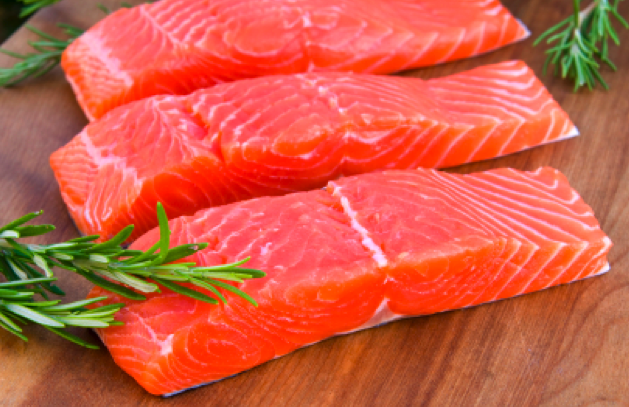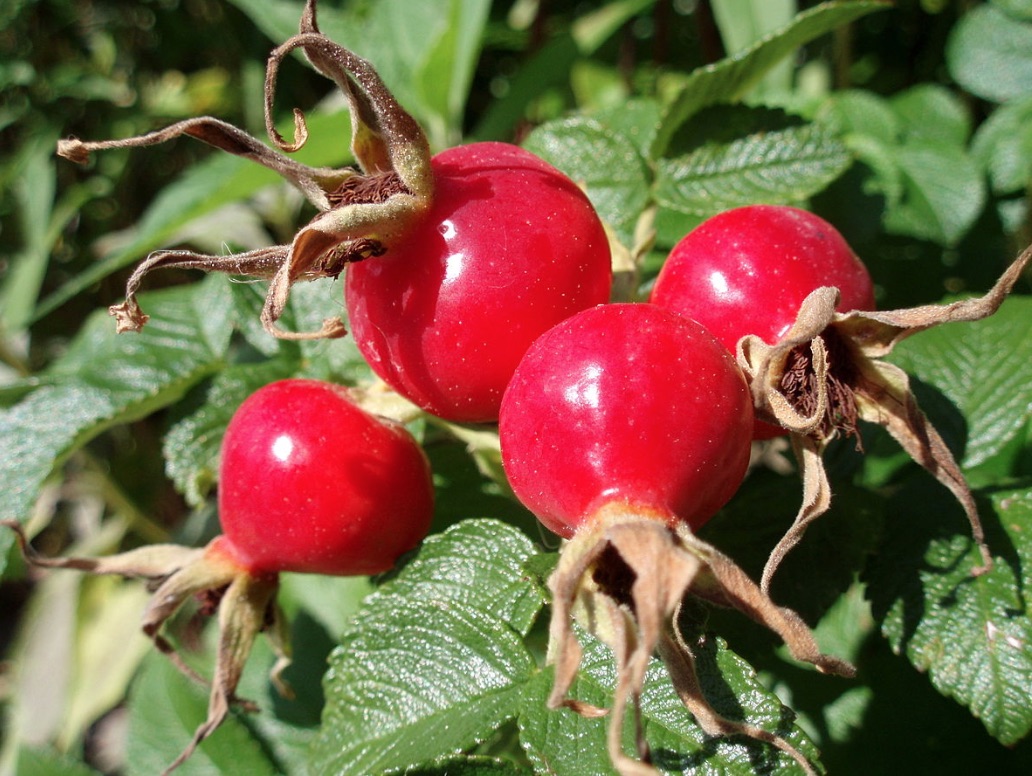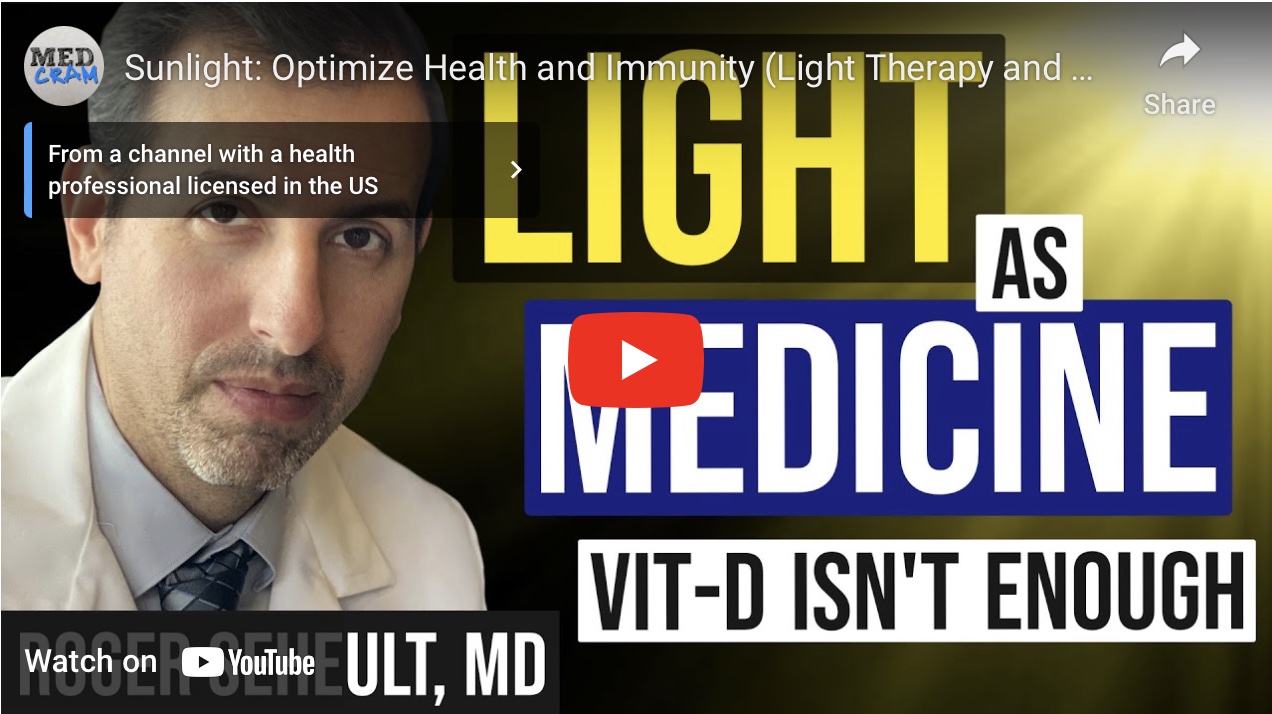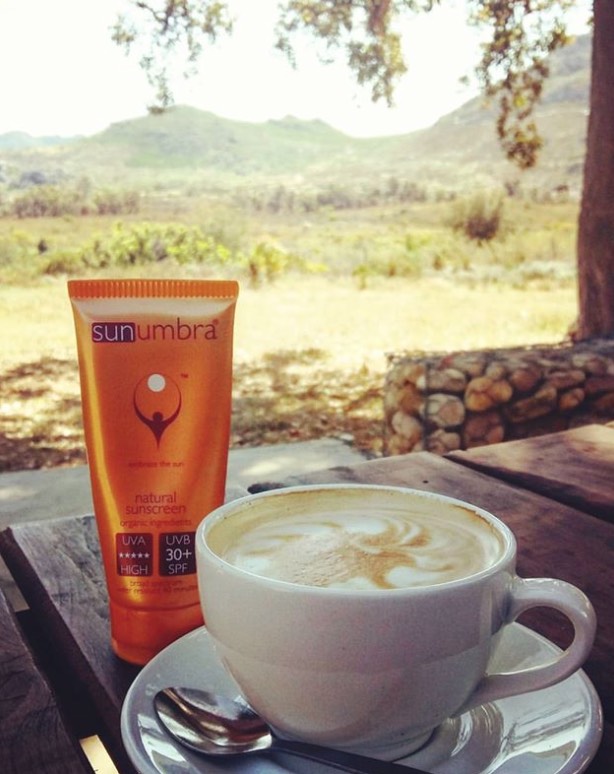Foods high in Vitamin D
- Home
- Foods high in Vitamin D
Foods high in Vitamin D are not found in nature that abundantly, but the best source comes from fish, especially fatty fish.
As a fat soluble vitamin, it differs from other vitamins as our bodies can make most of what we need through exposure of our skin to the suns Ultra Violet B rays, or UVB rays.
In this blog post, we’ll discuss further what vitamin D is, why it’s important, the recommended daily intake, and what foods are rich in this important vitamin
What is Vitamin D and why is it important?
Vitamin D is an essential nutrient for maintaining good health. It plays a vital role in regulating the body's calcium levels, which helps to keep bones strong and healthy.
It is also necessary for the proper functioning of the immune system and for proper cell growth and development.
Besides being called a vitamin, it actually performs as a pro-hormone which directly affects:
- our hormone balance
- our body's immune regulation
Also, getting enough Vitamin D will make you happy!
Possibly you have noticed that you feel happy after being in the sun? It may be that your uptake in mood is as a result of increased sun exposure? This of course increases your Vitamin D production too. The brain has a lot of Vitamin D receptors and with enough Vitamin D the serotonin levels are raised, resulting in a “feel good” chemical reaction in your brain.
Getting plenty of Vitamin D every day is one of the best, and least complicated, ways to improve your health.
Unfortunately, many of us are not getting enough of this important vitamin.
Vitamin D is fat-soluble and essential for proper bone health, muscle strength, and the functioning of the immune system.
Vitamin D deficiency can lead to an increased risk of developing numerous health problems, such as osteoporosis, depression, and certain types of cancer. Symptoms of vitamin D deficiency include fatigue, muscle weakness, joint pain, and bone pain.
It’s important to note that vitamin D deficiency can also affect the body’s ability to absorb calcium and phosphorus, which can lead to further health problems.
There are two forms of vitamin D:
- vitamin D2 (ergocalciferol) found in some plant-based foods
- vitamin D3 (cholecalciferol) found in animal-based foods, such as fatty fish and egg yolks, but is also the one produced by the skin when exposed to sunlight
 Wild Salmon is one of the best foods high in Vit D
Wild Salmon is one of the best foods high in Vit DSources of Vitamin D, including Foods High in Vitamin D
There are three ways for our bodies to get vitamin D...
- Diet: eating foods high in Vitamin D
- Exposure to the sun's UVB rays
- Supplements: pharmaceutical supplementation
Vitamin D is much touted these days for optimum health benefits, more especially after the COVID epidemic around the globe and the increased focus on boosting your immune system.
But the questions many people ask are... 'How much do I need?' and 'How best do I get it?'
There are a number of reasons why so many people around the globe are not able to be outdoors in the direct sunshine, so I decided to look into what dietary sources there are that are naturally rich in Vitamin D. This is apart from dietary, or pharmaceutical supplementation.
Have a question yourself?
Do you have a question or perhaps wish to make a comment or even tell a story about an experience with sunscreen? Please share it! Others will benefit and may join the conversation.
Top choices of food high in Vitamin D for all your family
Interestingly, to increase your diet naturally with vitamin D rich foods, as opposed to foods fortified with Vit D, you are limited to a relatively small list.
According to various food health organisations, the flesh of fatty fish such as salmon, tuna, and mackerel as well as fish liver oils are among the best sources.
Then there are small amounts of vitamin D found in beef liver, mushrooms and egg yolks. Vitamin D in these foods are primarily in the form of vitamin D3 and its metabolite 25(OH)D3.
 Children especially need Vit D
Children especially need Vit DTop 15 Vitamin D fish sources:
- raw Atlantic herring (2061)
- raw catfish (1053)
- raw wild oysters (941)
- sockeye salmon (920)
- Steelhead trout (760)
- raw halibut (645)
- pickled Atlantic herring (519)
- Pacific sardine (516)
- raw Atlantic mackerel (351)
- Shrimp or prawns (287)
- Atlantic sardine (262)
- tuna (238)
- caviar (184)
- cod (160)
- flatfish (flounder and sole) (132)
Top 6 Dairy Vitamin D Food Sources:
- dry cows milk whole (126)
- goats milk (35)
- cows cream whole (30)
- swiss cheese (23)
- edam cheese (20)
- cows butter salted (20)
Top 4 Egg Vitamin D Food Sources:
- raw fresh egg yolk (68)
- whole dried egg (63)
- raw whole egg (49)
- poached whole egg (48)
Top 4 Vegetable Vitamin D sources:
- mushrooms (165)
- spinach (29)
- potatoes (25)
- corn (17)
Mostly when cooked, smoked, pickled or kippered the amount of Vitamin D reduces quite substantially. Canning the fish doesn't seem to have the same effect. In the case of canned Atlantic cod it appears the opposite.
Also of interest is that the different oceans seem to produce varying levels of Vitamin D in the same variety of fish.
Sunlight vs foods high in Vitamin D
 Child deprived of being outdoors
Child deprived of being outdoorsIn our modern urbanized times, where a large proportion of the human race now live in cities, many of us spend countless hours inside houses, cars and shopping malls. This seriously limits our exposure to the sun's rays and therefore the ability to make Vitamin D.
The lack of Vitamin D may be a principle cause of many ailments, although many scientific bodies have yet to embrace this as a proven science. According to Marc Sorenson, EdD, in his book "Vitamin D3 and Solar Power" there are "105 diseases and disorders or conditions which may be diminished by regular sunlight exposure and /or vitamin D supplementation". Some of these are more readily accepted by science, such as rickets and SAD (seasonal affective disorder) or seasonal depression.
Whether or not you believe Vitamin D to be scientifically proven or not, it appears difficult to overdose on Vitamin D through foods high in vitamin D or sunlight exposure. The only way to overdose, or get into toxicity levels, is through supplementation.
It seems rather a good idea to me therefore, to embrace the potential for improved health by paying attention to my Vitamin D levels and keeping them high through consumption of foods high in Vitamin D first and then, if necessary, through supplementation.
Other natural sources of food high in vitamin D
 rosehips seeds are a wonderful source of Vit C
rosehips seeds are a wonderful source of Vit CI came across an article about the high level of vitamins contained in rosehip seeds. When a rose fades and the petals drop off, the round seed pod that is left on the stem is called a rosehip. Rosehips are technically fruit. They are considered super-foods because rosehips contain more vitamin C than fruits such as oranges.
However, they also contain vitamins A, D, and E, as well as iron and powerful antioxidants. Rose hips have been clinically proven to lower cholesterol, improve diabetic conditions, and alleviate osteoarthritis.
Co-incidentally, all these 3 health benefits are said to be gained when your blood levels contain adequate levels of Vitamin D!
That's food for thought!
Alaskan challenge for foods high in Vit D
 Bears fishing for wild salmon - surely their Vit D levels are really good?
Bears fishing for wild salmon - surely their Vit D levels are really good?Alaskans are in an interesting situation as they will typically receive very little benefit from the sun's UVB rays, if anything at all.
Without the ability to make their own Vitamin D from the UVB rays, they are provided for in a wonderful selection of Vitamin D rich wild fish
- Steelhead trout both boiled and canned, or dried: (51)
- red sockeye salmo: (51)
- beluga whale oil: (51)
- kippered king salmon: (44)
- spotted seal oil: (7)
- bearded seal oil: (7)
The U.S. Department of Agriculture's Nutrient database Web Site lists the nutrient content of many foods. A growing number of foods are being analyzed for Vitamin D content more recently, so this list is likely to grow.
There is another comprehensive web site that has filtered out all the foodstuffs that do not contain any Vitamin D and is therefore far easier to read, called self nutrition data. This provides a listing of the foods highest in Vitamin D, amongst the many other details it provides. All of these IU's provided are measured per 200 calorie servings. Cod liver oil is by far the highest with 2217 IU's.
I can remember taking Cod Liver Oil way back in my youth. Disguised with malt extract it was my favorite thing! Yum yum - no force feeding there! There was also one called something like Haliborange, which was Halibut Liver Oil with orange flavoring - also no persuasion required! Unfortunately cod liver oil went out of favor a few decades back and so we have been deprived for many years of an excellent source of Vitamin D food. Besides this, most of the oily fish are excellent vitamin D food sources, especially if eaten raw.
Breast feeding and vitamin D food sources
The average human mother's milk contains just 11 IU's which is why infant formulas and cereals are so highly fortified with vitamin D.
However, knowing how much each human's Vit D levels vary depending on their skin colour, geographical location and time spent every day unprotected from the sun's UVB rays, each mother's milk must surely contain different levels of Vit D?
It surely goes without saying then, that the unborn child will benefit accordingly? Mothers with a darker skin living in the northern hemisphere appear to suffer so much more with low vitamin D levels than those living at the equator Eg. with children with rickets or symptoms of rickets, such as soft bones that break so easily without their even knowing. In some cases mothers have even been accused of child abuse.
The American Academy of Pediatrics (AAP) recommends that exclusively and partially breastfed infants receive supplements of 400 IU/day of vitamin D shortly after birth and continue to receive these supplements until they are weaned and consume 1,000 mL/day of vitamin D-fortified formula or whole milk.
Both the United States and Canada mandate the fortification of infant formula with vitamin D: 40100 IU/100 kcal in the United States and 4080 IU/100 kcal in Canada.







